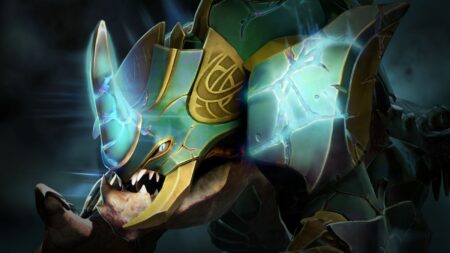Dota 2’s competitive meta can change at the drop of a hat. Professional players bring out fresh ideas and new schemes all the time, leading to an ever-evolving roster of heroes that seemingly change day-to-day.
In this Dota 2 hero tier list, heroes are roughly arranged in three tiers to signify their importance in the pro scene. About forty heroes are represented, though Dota 2’s balanced nature means that many more heroes are viable.
This isn’t an exhaustive list of the good heroes—they’re ranked by their popularity in the pro scene, where execution matters as much as the draft.
With a new patch, 7.35 — and the associated 7.35b letter patch — dropping so recently,, there’s some guesswork for certain heroes poised to take over the meta. Some of these have benefitted massively from the rework of certain items, while a few heroes have seen so much changes to their kit that they seem fit for entirely new roles.
- Is this the best Dota 2 team of all time?
- The return of the return of the king: SumaiL is back at Nigma Galaxy
Dota 2 hero tier list | December 2023
Tier one
- Chen
- Grimstroke
- Slardar
- Primal Beast
- Phoenix
- Pangolier
- Lone Druid
Chen

Chen didn’t see a lot of play at ESL One Kuala Lumpur, but was banned frequently — 77 percent of drafts at the event saw the hero banned. When it was picked, the hero showed its worth as a stable, farming jungler that could easily accrue the aura items needed for a death push.
The biggest culprit was the overtuned Solar Crest — now thankfully nerfed after the latest 7.35b patch — which greatly enabled sieging that was safe, pain-free, and pretty damn quick.
The hero’s mechanical ceiling aside, his gameplan remains pretty much the same as always: get your aura items, grab the best creeps you can, then group up with your allies. With so much space now on the map, Chen can farm entire jungles without his carry feeling aggrieved. Pushing down lanes with his army, Chen could easily outsustain enemy pokes due to his abundance of healing and items.
He isn’t the most ideal hero to use in the later stages of the game, but Chen still has some scaling, sometimes in more unseen ways. His ability to stack auras often free up his cores from doing the same, and he can summon more powerful Ancient creeps that can hopefully last through the fight due to his Aghanim’s Shard upgrade.
Grimstroke
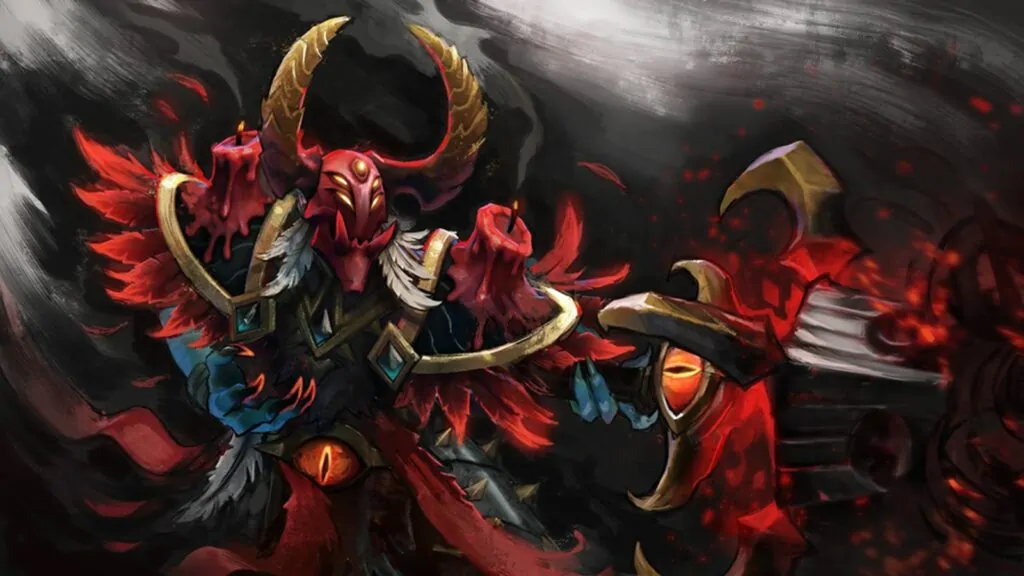
Grimstroke is a powerful laning support, often able to open up kill threats in the offlane with aggressive cores like Primal Beast and Slardar — two bruisers that were firmly top-tier picks.
Ink Swell is a perfect initiation spell that lets these heroes catch up, then pops at the perfect time to stun, deal more damage, and let his cores wail on hapless enemies. Follow-ups like Phantom’s Embrace’s silence and Stroke of Fate’s slow can also be potent control tools.

VIEW PRICE: Dota 2: Pudge Funko Pop! Figure |
The hero doesn’t skimp on the late-game, as well. He’s one of the best supports to get a quick Aghanim’s Shard on, making Tormentors even more valuable, and his ultimate, Soulbind, is just a symphony of potential synergies.
But what makes this hero terrifying is his Aghanim’s Scepter upgrade, Dark Portrait, which creates a spell immune illusion that hits even harder than the original hero.
This is amazing into carries that like to itemize with stats, like Luna, Terrorblade, and Morphling, making him a potent anti-carry pick that pairs well with brawlers during the laning phase and mid-game.
Slardar
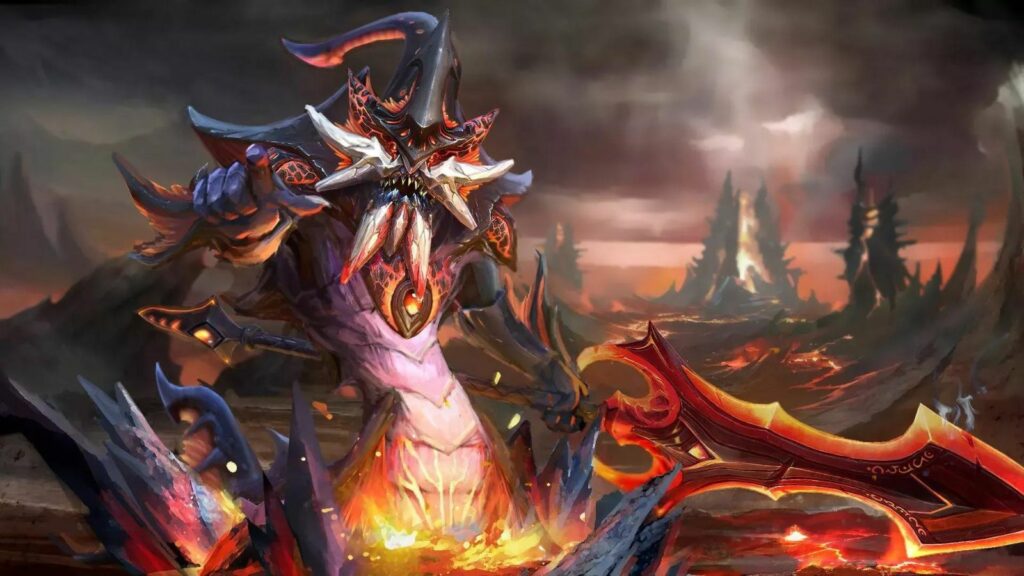
Slardar was a surprisingly huge hit. The hero, traditionally played in the offlane, gained renewed presence as a midlane monster, thanks to his high damage and bulk.
The hero, with a passive point in Sprint, gained sustain by simply staying in the river. The only lane in Dota with an easily accessible river is midlaner, and it’s no surprise that he made a home there.
In a meta with the relative absence of more traditional ranged midlaners like Lina, Queen of Pain, and Puck, Slardar was able to thrive and feast against melee mids like Primal Beast and Pangolier.
With his new maxed Slithreen Crush build on a lower cooldown, he’s able to leverage Bottle and his Sprint to grab all the runes, even Bounties that sometimes feel bad for midlaners to go out of their way to obtain.
Slardar remains a mid-game monster, with builds centering around Blink Dagger and Echo Sabre. He’s fully capable of completely eliminating support heroes with his Bashes, and also substantially reduce others’ bulk through removing their armor with Corrosive Haze.
Later on, he’s one of the best Assault Cuirass buyers, and can also opt for more of a sieging tank with the Aghanim’s Scepter upgrade that substantially boosts his regeneration and armor when standing in a puddle.
Primal Beast

Primal Beast is still a meta staple, often seeing play in the mid and offlane. He’s one of the few brawlers in the game with an inbuilt way to initiate from ranged with Onslaught, and thus able to make his presence felt even without a Blink Dagger.
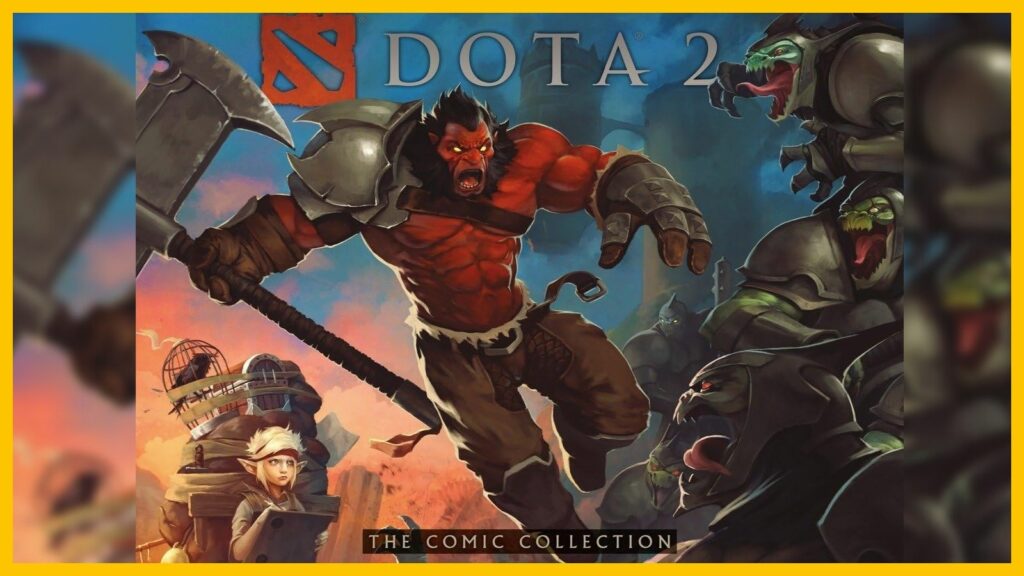
VIEW PRICE: Dota 2: The Comic Collection |
Furthermore, Pulverize’s ability to go through debuff immunity makes Black King Bar a difficult decision for the opponents. Enemies still need it — less they will see a good Trample take down chunks of their hit points — but it simply makes the ever-meta item worse.
He doesn’t just deal a lot of damage — he’s a tanky beast that feels almost impossible to take down. As one of 7.34’s biggest proponents of the Heart-Blademail meta, the hero became a massive beneficiary of the newly buffed Shiva’s Guard in 7.35, giving him a ton of stats and a magic amplification active that greatly increases all of his damage. It remains a solid item on him, even after 7.35b’s nerfs, and his damage scales well into the late-game with items like Kaya and Sange, Aghanim’s Scepter, and Trample.
Phoenix
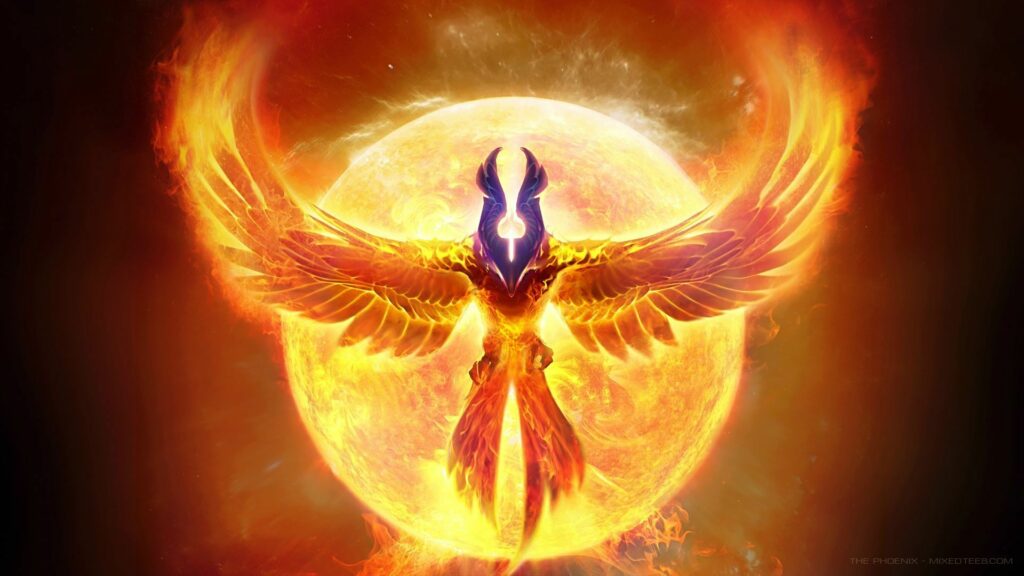
In a meta where every hero is in an arms race to become tankier and tankier, Phoenix is feasting. Most often played in either support positions, the meta has been so kind to Phoenix that he’s seeing play in the offlane once again, with increased farm priority to leverage the hero’s potent spells earlier.
The hero is one of the best anti-tanks in the game, thanks to Sunray’s consistent damage output. It deals damage based on max health per second, and one salvo of the spell can scare away tanks from fully committing to the fight.
But what’s better than one Sunray? Two! Aghanim’s Shard grants the hero the ability to cast Sunray while in Supernova, giving him double the effectiveness against the tanky lads meta.
Plus, the focus on strength cores extends to the carries as well, and these heroes generally have lower attack speed than their agility counterparts — and indirect buff to Supernova.
That said, the hero’s early laning stage isn’t the best, and caution needs to be taken to not bleed out too much while the hero is still weak. Still, once he hits level three and onwards, he provides solid kill threat with proper Fire Spirit usage, and remains well-positioned in the meta to take advantage of heroes that regularly go into four to five thousand health.
Pangolier
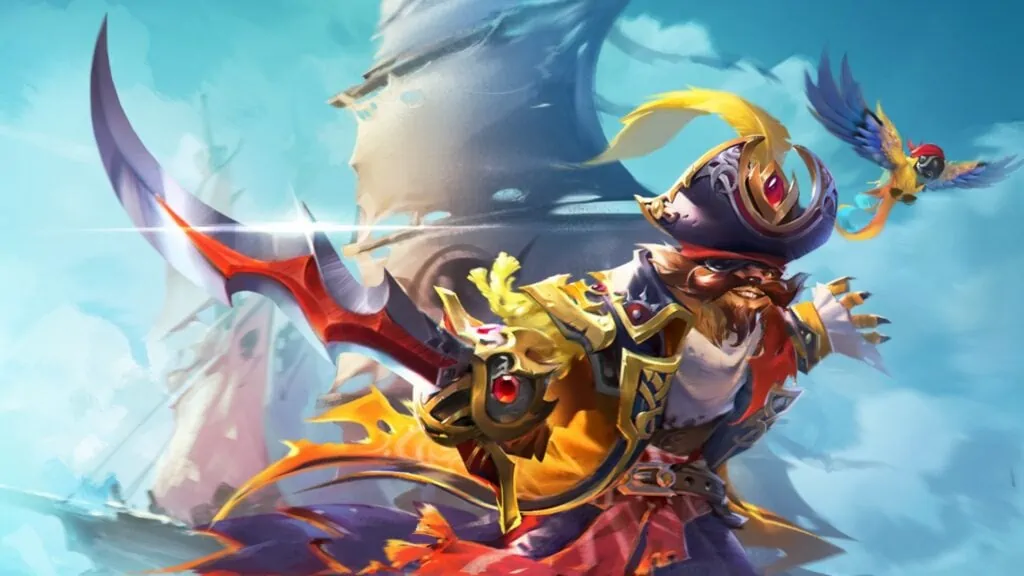
Pangolier found himself severely nerfed in 7.34, with Shield Crash no longer providing damage reduction — instead giving a barrier — and Lucky Shot no longer disarming, instead just reducing attack speed.
While Shield Crash is likely weaker in the late-game, it’s possibly an even better spell in the lane. Having an all-damage barrier means you can soak an extra right-click or spell every time you cast Shield Crash, and can definitely make a difference in your long-term survivability in the mid or offlane.
The hero’s late-game scaling potential remains immense. Swashbuckle’s unique properties make on-hit effects like Diffusal Blade and Basher incredibly potent, and Rolling Thunder’s debuff immunity makes the hero difficult to stop in his tracks.
In the hands of skilled players — and there are so many now, thanks to the hero’s ubiquitousness in the last year — he’s still a force of nature. Though the hero received several nerfs through 7.34 and its associated letter patches, he was untouched in 7.35.
He might not be the menace he was at the start of 2023, but he’s still a strong presence in competitive drafts heading into the new year — not least because Gaimin Gladiators’ Quinn “Quinn” Callahan continues to win and dominate with the hero.
Tier two
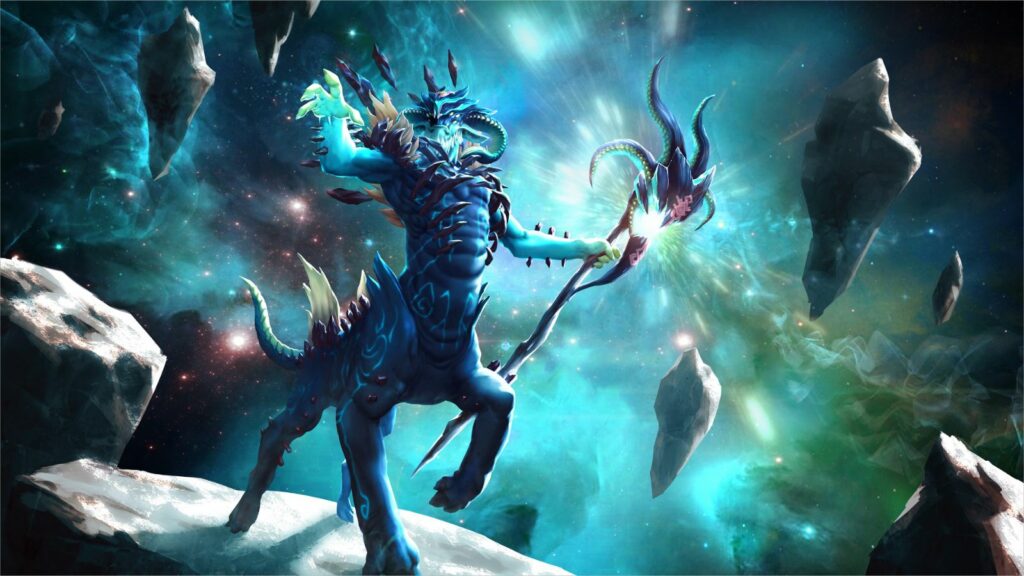
- Leshrac
- Abaddon
- Lone Druid
- Faceless Void
- Kunkka
- Weaver
- Magnus
- Tusk
- Dazzle
- Enchantress
- Lina
- Naga Siren
- Nature’s Prophet
- Pugna
Tier two heroes are safe and stable picks that don’t usually warrant instant bans or picks. While not as oppressive as the heroes in tier one, they can be equally strong in a match that favors their skillset.
Leshrac seems poised to take over the meta in 7.35, before the latest 7.35b patch likely removed the hopes of him being a top-tier pick. Though he didn’t see too much play at ESL One Kuala Lumpur, people quickly realized that the new Shiva’s Guard and Bloodstone were borderline broken on him, making him a tanky battlemage that dealt tons of magic damage, with spell lifesteal and mana regen galore thanks to Bloodpact.
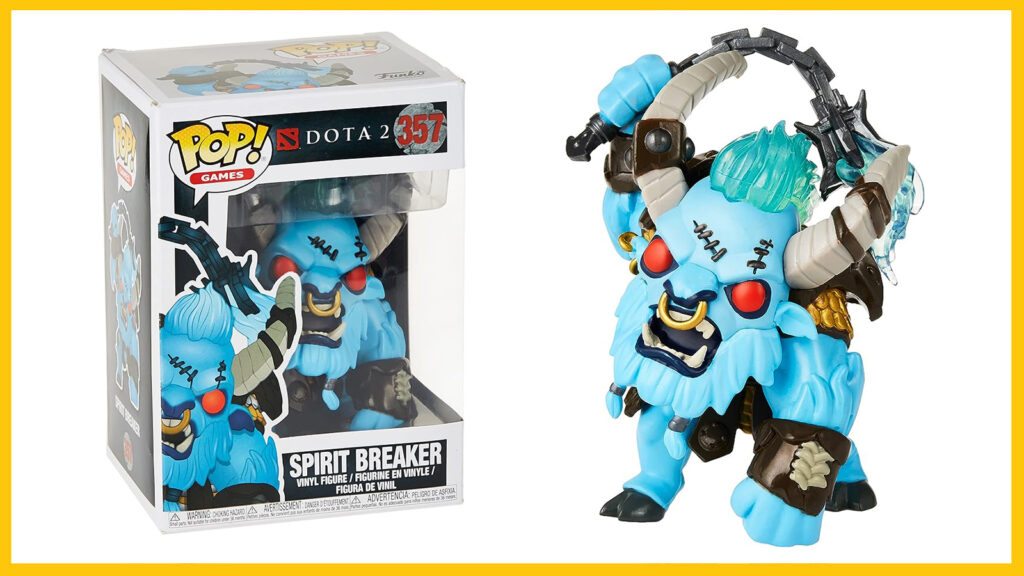
VIEW PRICE: Spirit Breaker Funko Pop! Figure |
With both items nerfed, it remains to be seen if the hero can sustain his ridiculous mana costs, but he’s possibly still well-positioned as a strong midlaner with high pushing and kill threats.
Abaddon became a surprisingly popular carry and offlane pick after 7.35, receiving a damage-over-time upgrade to his Curse of Avernus — which worked on buildings! This made boosted the hero’s damage numbers, and incredible against certain opponents that can’t help but take hits.
His carry potential is definitely not up-to-par to most late-game carries, but he can be a mid-game siege monster at the right timings with his Aphotic Shield dispel, Borrowed Time tank, and consistent damage.
Tier three
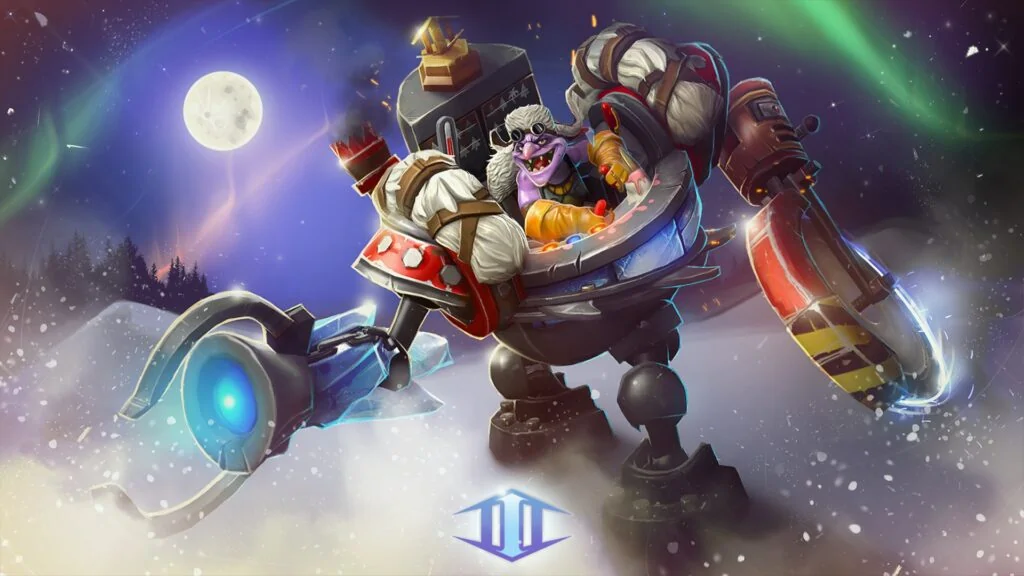
- Timbersaw
- Viper
- Batrider
- Razor
- Spectre
- Puck
- Luna
- Mars
- Centaur Warrunner
- Brewmaster
- Muerta
- Dragon Knight
- Shadow Demon
The heroes in tier three appear here and there, but are popular enough to be recognized as powerful additions to a team’s draft. They can be cheesy last picks that are impossible to deal with, mesh perfectly with a player or team’s play style, or serve as niche counters to some popular heroes.
Timbersaw was perhaps one of the weakest heroes in 7.34, but catapulted back in the meta after 7.35. Much like Leshrac, he found incredibly synergy with the new Shiva’s Guard and Bloostone — but is arguably even more mana-starved than Leshrac.
The hero’s burst potential is higher, but his skillshot heavy kit means he’s less consistent than Leshrac, though he remains a potent counterpick against strength heroes.
READ MORE: Dota 2 patch 7.35b just nerfed three of its most overpowered items
